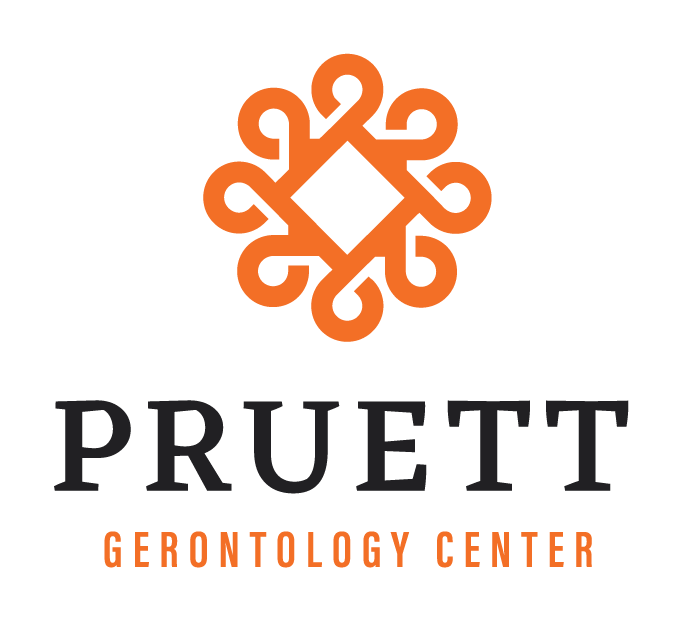Someone in the Caregiver Support Group sent us a message about this group called Tech-Enhanced Life and how they wrote about ways technology was able to be used in the context of aging. I found an article in the group discussing the different kinds of medical alert products on the market this year, and it reminded me of my family’s own journey with medical alert products and how helpful they’ve been for my mom (46) as she navigates aging and her healthcare.
In 2015, my mom was diagnosed with a variety of chronic health conditions that severely altered the way she viewed her health and level of ability. Now, nine years after her diagnoses and after hundreds of doctor appointments, she’s found several ways to navigate her health using technology, especially medical alert products.
Every time my mom travels anywhere, she makes sure to wear her medical alert jewelry. It is a discreet gold bracelet she wears on her wrist that details necessary medical information in case of an emergency where she would be, for some reason, unable to communicate. The bracelet is engraved with her name, the names of her conditions, any allergies, and emergency contact information, and paramedics are trained to look for them. It is recommended that people living with one or more chronic medical conditions get a medical alert bracelet, especially for conditions such as diabetes, asthma, epilepsy, heart patients, or severe allergies to certain medications (Americanmedicalid.com). Wearing this bracelet gives her great peace of mind and it does not stand out, except to people who know to look for it, so she is glad to have it.
Medical ID information can also be put into the iPhone, so it can be accessed without having to unlock the phone. Again, this is a good place to put any identifying medical information, such as your name, emergency contact, blood type, medical conditions, etc., in addition to a medical alert bracelet.
After having some heart trouble as an after-effect of COVID-19, my mom decided to get an Apple watch. Certain newer models have features where they can monitor heart rate and blood oxygen levels, which was very important to her. The Apple Watch records this data and sends it directly to her iPhone, which she can then view herself or send to her doctor if she sees something abnormal. While the Apple Watch should not be used in place of medical care, it has helped to give my mom more accessible information and greater peace of mind.
Her watch, and several other medical alert devices on the market, also have the ability to detect falls and alert 911 or other emergency contacts when the wearer has fallen. This can be a great resource for anybody concerned with balance or dizziness. This article from Tech-Enhanced Life shows how to use Apple iPhone features to determine whether you may be off-balance and at risk of falling.
* The Pruett Gerontology Center is not affiliated with Apple and receives no financial benefit from writing this article
Check out these other interesting articles from Tech-Enhanced Life:
Medical Alert Update: https://techenhancedlife.substack.com/p/medical-alert-update-2024?utm_source=profile&utm_medium=reader2
Fall-Risk Early Warning Tools: https://techenhancedlife.substack.com/p/fall-risk-early-warning-tools-learn?utm_source=post-email-title&publication_id=1493648&post_id=143106954&utm_campaign=email-post-title&isFreemail=true&r=irgxk&triedRedirect=true&utm_medium=email
